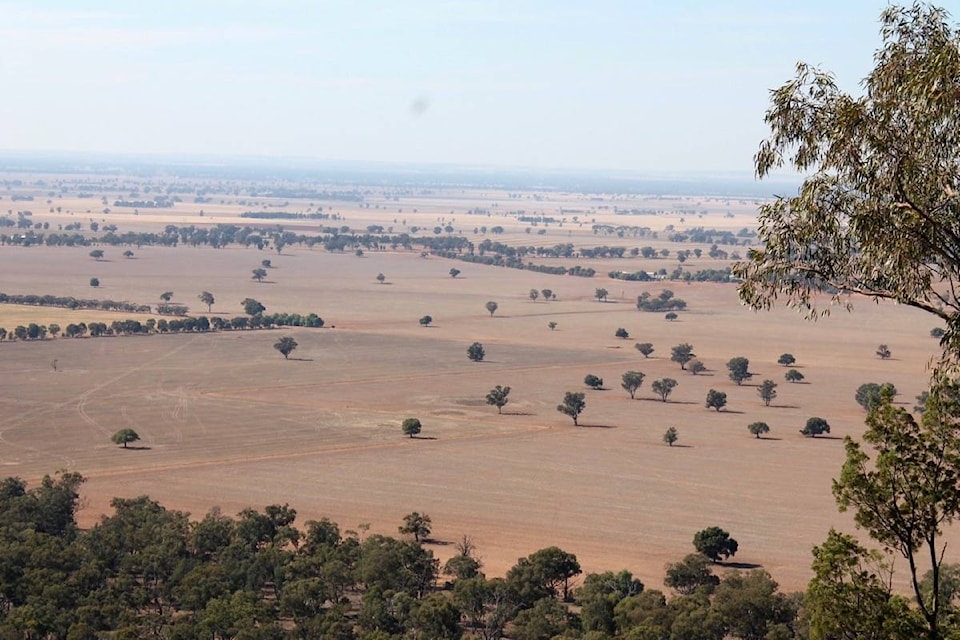By David Clements
As summer turns into autumn here down under in Australia, the long, hot dry spell we have seen over the last four months has not relented.
The Riverina district where I am residing is one of the most productive agricultural areas in the country, but it is often dogged by drought, and this year is no exception.
Farmers are waiting for the rain to plant crops, although some have already planted in the hopes that rain will come soon.
Today my wife and I visited Galore Hill, where settler Henry Osborne is said to have proclaimed in 1847 as he beheld the land below: “There’s land enough and galore for me.”
As you see from the photo I took at the top of Galore Hill, at this point it is a “dry and weary land” like Israel was when David penned Psalm 63.
Although much of the land we see is dry like the photo, Australia’s largest irrigation district northwest of us is kept well-watered by the Murrumbidgee River that flows through Wagga Wagga where I currently live.
The area of irrigated land in the MIA (Murrumbidgee Irrigation Area) is 170,000 ha and produces heaps of products, including rice, cotton, wine, citrus crops, hazelnuts, walnuts, prunes and livestock.
When my wife and I visited the MIA, we met a jovial farmer who handed us delicious fresh figs, right off his trees. He said he was pretty happy with the MIA water supply, although it was not cheap.
Even the MIA is falling on dry times as the water is allocated conservatively in view of the fact that the two main dams are considerably less than full, with the Burrinjuck at 39 per cent and the Blowering Dam at 46 per cent as of April 26.
Wilcannia is eight hours northwest of Wagga on the Darling River, and due to irrigation demand and the dry conditions, parts of the riverbed there are dry enough for a cricket match.
This was demonstrated in late March when a group of pastoralists and friends got together to play cricket on the dusty riverbed, and make a point that the precious little water available needs to be managed effectively.
Everyone here is praying for rain, and the farmers who have already planted seed are obviously hopeful, as are the cattle and sheep farmers who lately have had to resort to importing hay from other parts of Australia.
One meteorology “first look” gives some reason for hope, predicting wetter than average conditions for this region for May-July, which would be quite a splash on this dry and weary land.
David Clements, Ph.D. is Professor of Biology and Environmental Studies at Trinity Western University
Like us on Facebook and follow us on Twitter
